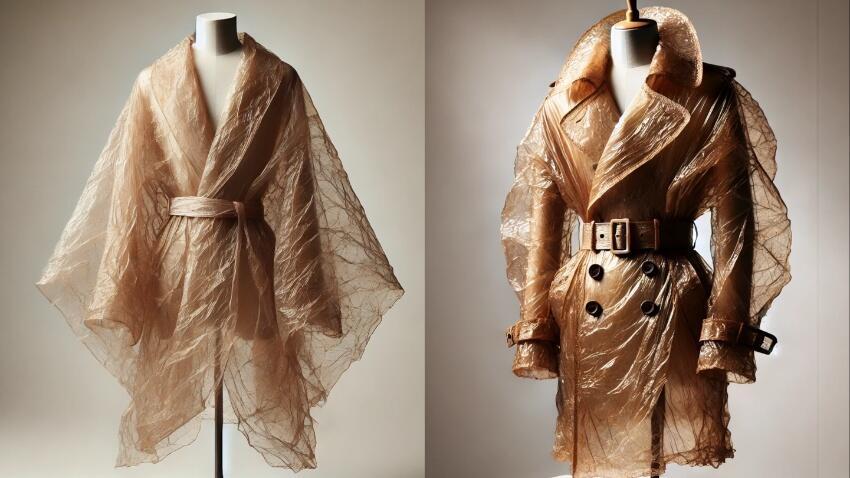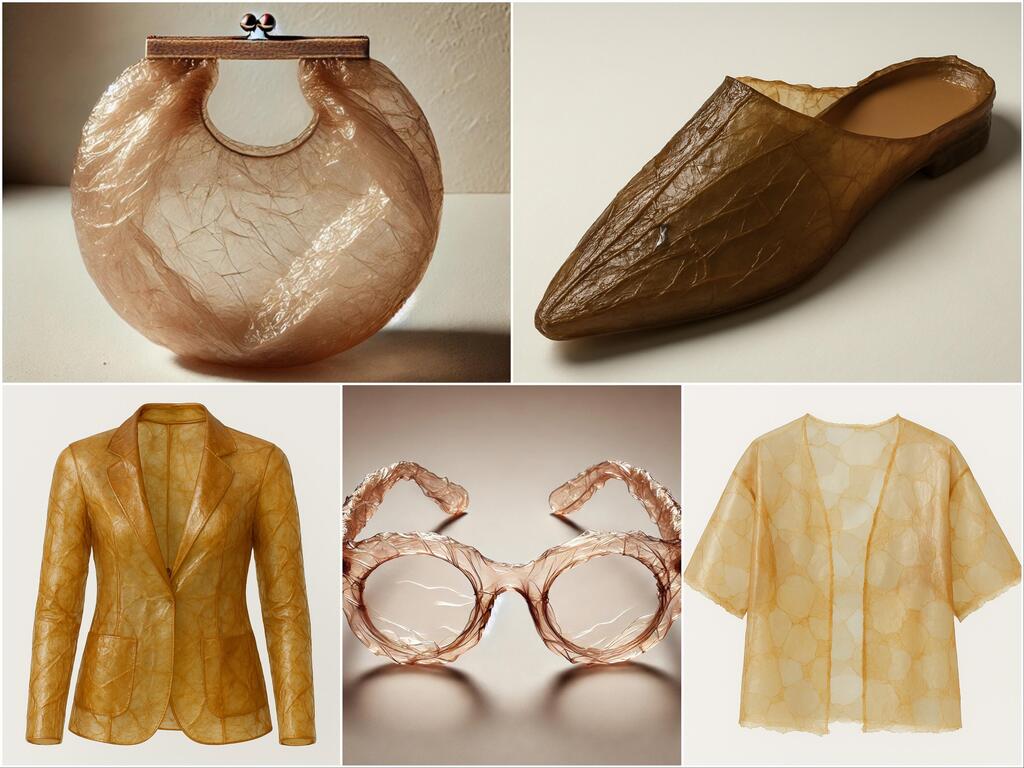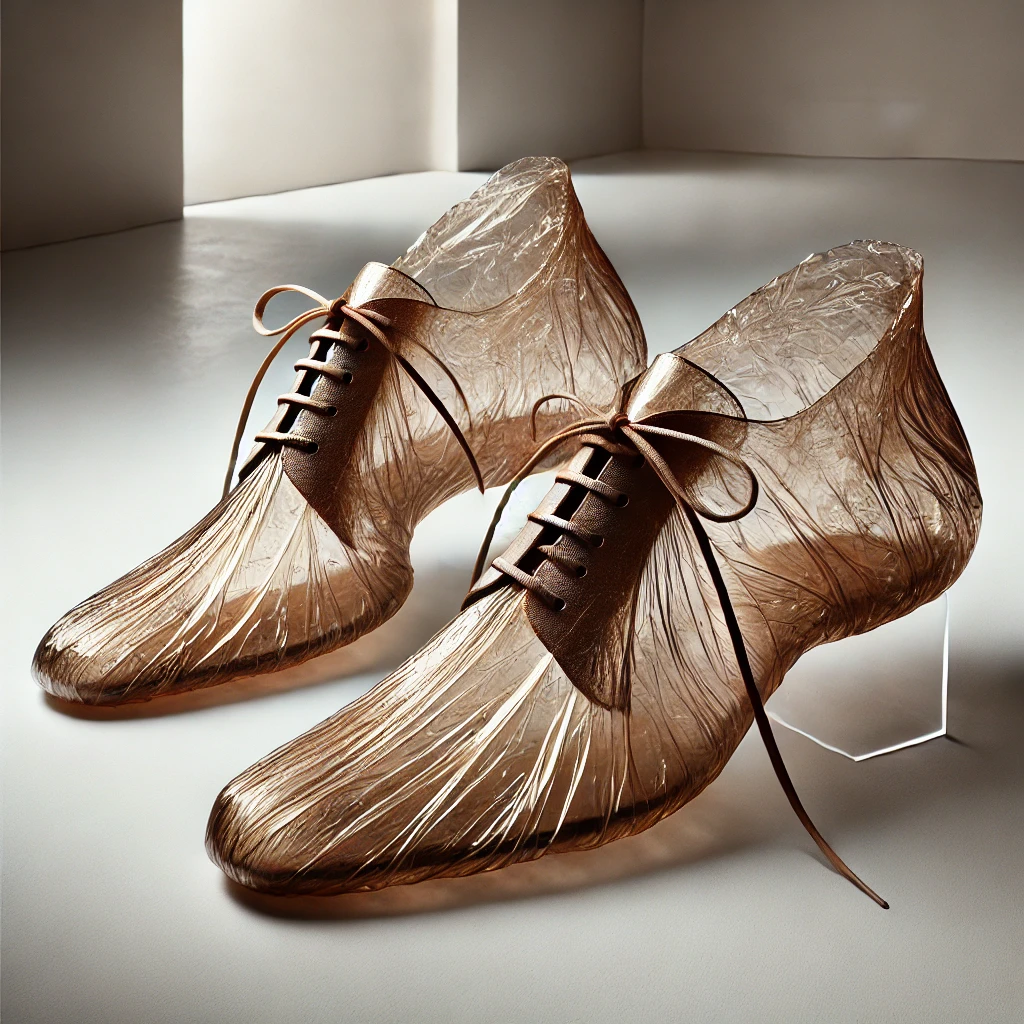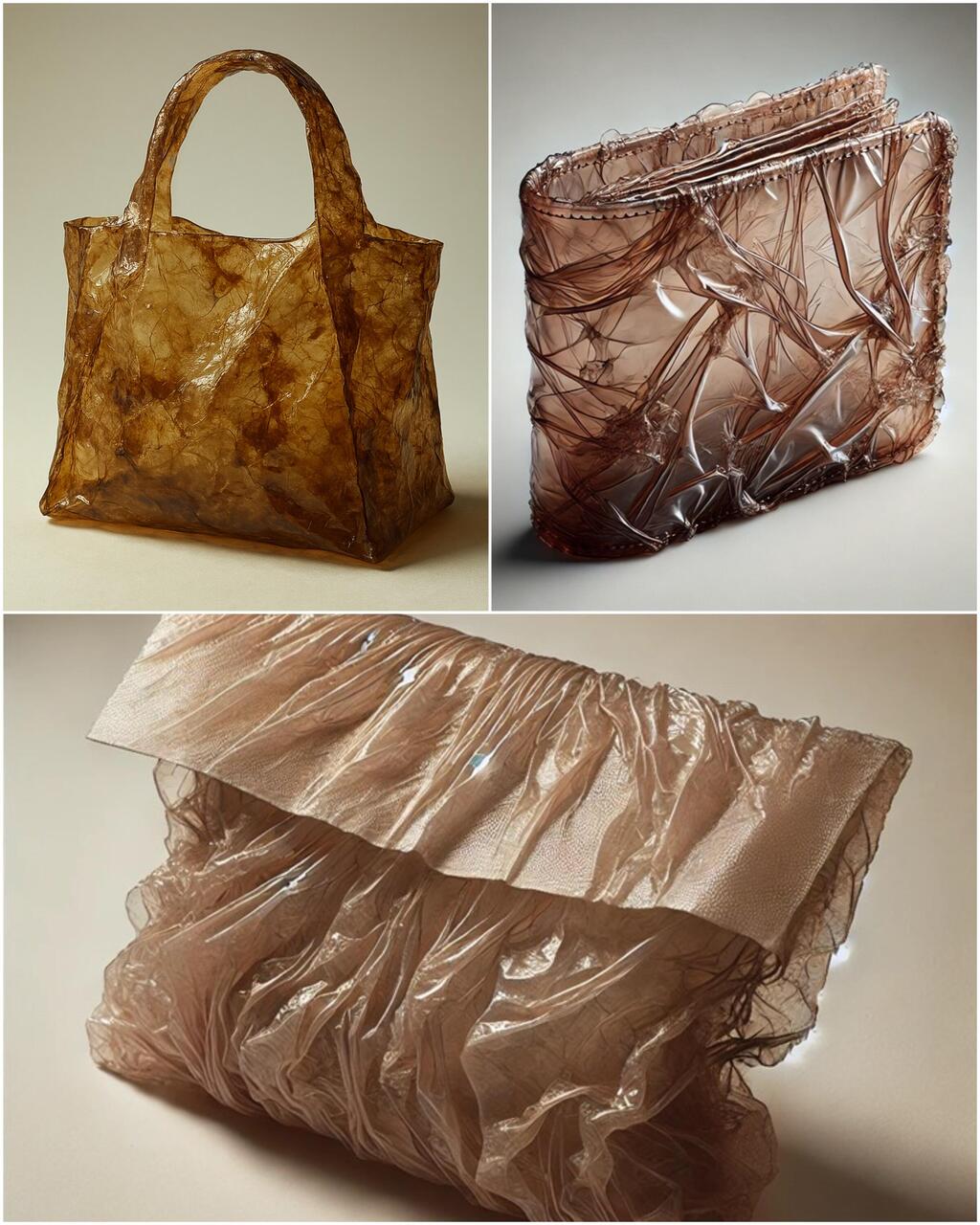In recent years, breakthroughs in biotechnology and nanotechnology have fueled efforts to develop animal-free leather alternatives, often in collaboration with the fashion industry.
Many of these innovations — some already in commercial use — are plant-based and have been adopted by major fashion houses including Hermès, Ganni, Lululemon and designer Stella McCartney, a longtime advocate for cruelty-free fashion.
McCartney partnered with U.S.-based company Bolt Threads to develop Mylo, a leather-like material made from mycelium — the root-like structure of fungi. Unlike synthetic leather, Mylo is plastic-free, biodegradable and grown with minimal resources.
It mimics the texture and durability of traditional leather and offers better moisture absorption than synthetic alternatives. MycoWorks, another American startup, has also developed mycelium-based leather and works with Hermès.
Despite its promise, Mylo’s future is uncertain. In July 2023, Bolt Threads announced that it would halt development due to funding issues — highlighting the economic hurdles facing sustainable materials. High production costs and competition with inexpensive traditional leather from the meat industry make it difficult for these ethical alternatives to reach mass-market viability.
Israeli scientists grow leather from keratin
Earlier this month at Milan Design Week, a new keratin-based leather prototype was unveiled as part of Make It Second Skin, a joint project between the Jewelry and Fashion Department at Bezalel Academy of Design and the Hebrew University’s Molecular Plant Biology and Nano-Biotechnology Lab, headed by Prof. Oded Shoseyov.
The initiative began in June 2023 when department head Shelly Satat and senior lecturer Dr. Zivia Kay teamed up with Dr. Chen Nowogrodski and two students, Shir Hadad and Roni Arbel, to explore biodegradable textile alternatives.
In an interview with Ynet, Dr. Nowogrodski explained that the project repurposes medical research into keratin-based skin grafts for fashion applications. Keratin, a tough, fibrous protein found in human and animal hair, nails, feathers, hooves and skin, is highly durable and water-resistant.
Already used in cosmetics and industrial materials, its familiarity to regulatory agencies gives it an edge over newer, untested biomaterials.
Get the Ynetnews app on your smartphone: Google Play: https://bit.ly/4eJ37pE | Apple App Store: https://bit.ly/3ZL7iNv
“We adapted sheets of keratin originally developed for medical use,” she said. “They’re the closest thing to human skin in terms of texture and elasticity. You can stretch them, they have a certain thickness and you can hold them like fabric.”
Keratin can be 3D printed or formed into leather-like sheets with various properties. To mimic natural pigmentation, the team incorporated melanin — the pigment found in skin and hair — allowing for a color range from beige to black without synthetic dyes. They also added surface textures to emulate patterns like snake skin.
A material rooted in medicine, not marketing
The keratin used in the lab comes from cashmere wool. While that technically makes it an animal product, Dr. Nowogrodski noted, “People already wear keratin — it’s the main component in wool. Wearing our keratin sheets is like wearing cashmere.”
Whether or not this counts as “vegan” remains unclear. “Since the protein is animal-derived, I wouldn’t label it vegan,” she said. “I also don’t know how the animals were treated during shearing. We work with a company in New Zealand that claims ethical treatment of animals on its farms.”
While strict vegans may reject the material, Dr. Nowogrodski is optimistic about keratin’s future in fashion. The lab has already scaled up sheet sizes beyond the initial 7 centimeters (2.75 inches) approved in medical testing and is exploring additional applications.
Still, several questions remain: Can keratin leather be scaled for mass production? Will it withstand wear-and-tear in products like jackets and boots? And will it be cost-competitive with traditional leather?
Currently, faux-leather goods by Stella McCartney often match or exceed the price of real leather items from luxury brands — possibly as a branding strategy but still a barrier to mainstream adoption.
‘After it breaks down, it returns to the earth’
At Milan Design Week, the team presented a prototype wallet made of keratin leather, demonstrating its stretchability and compatibility with both machine and hand stitching. “In a time of climate crisis, this material offers a pioneering alternative that challenges traditional environmental and ethical standards in fashion,” said Satat.
She hopes to eventually design shoes with the material — a particularly demanding use case due to the combination of flexibility, durability, breathability and waterproofing required. If keratin performs well in footwear, it could serve as a benchmark for broader fashion applications.
Still, consumer preference remains a hurdle. Despite the rise of high-quality synthetic leathers, most people still favor traditional animal leather. Real fur, for example, has made a comeback recently after years of synthetic alternatives.
That said, keratin-based leather offers advantages synthetic and animal leathers do not. 3D printing allows for precisely sized, waste-free production — helping reduce the fashion industry's notorious surplus problem.






